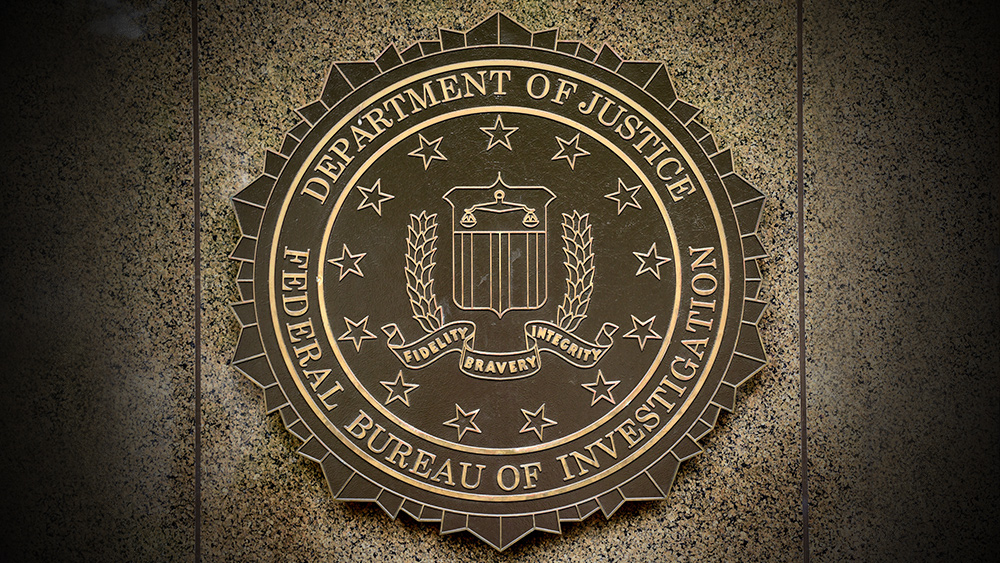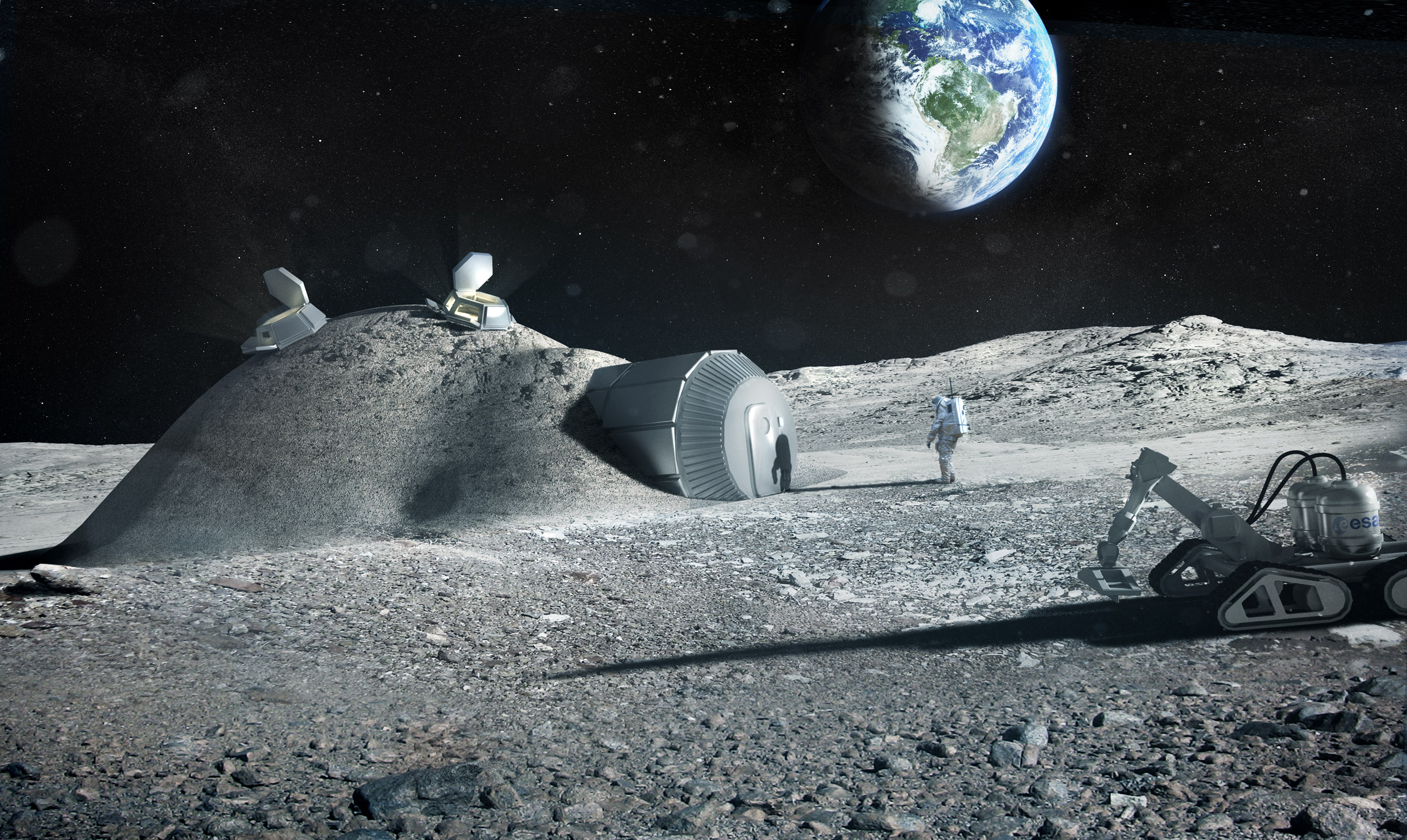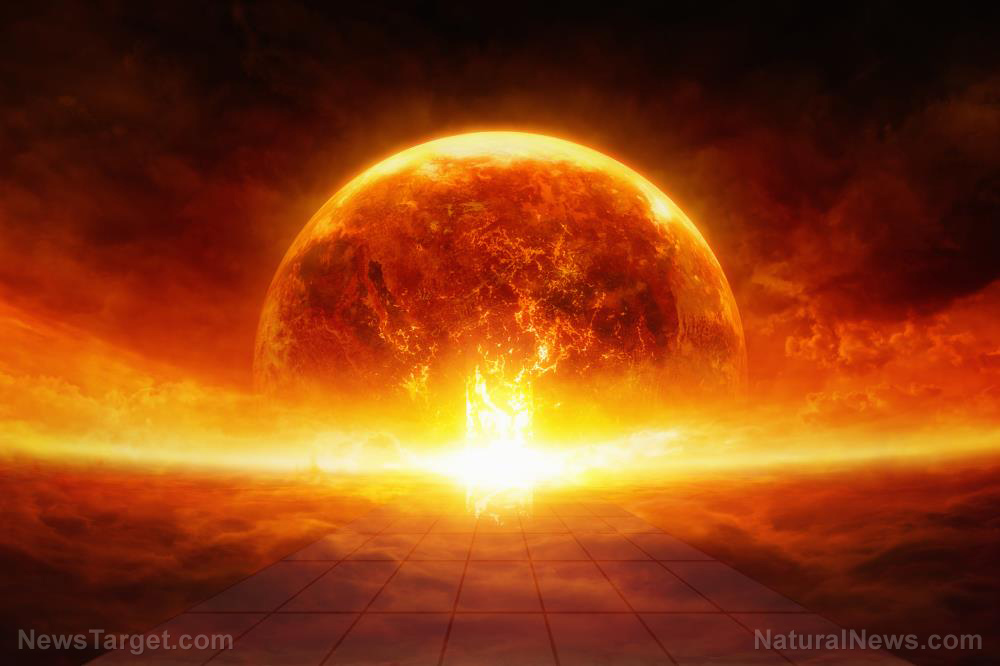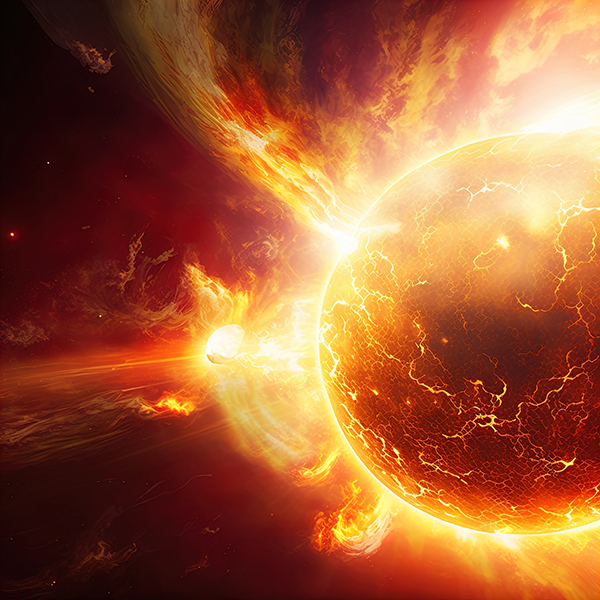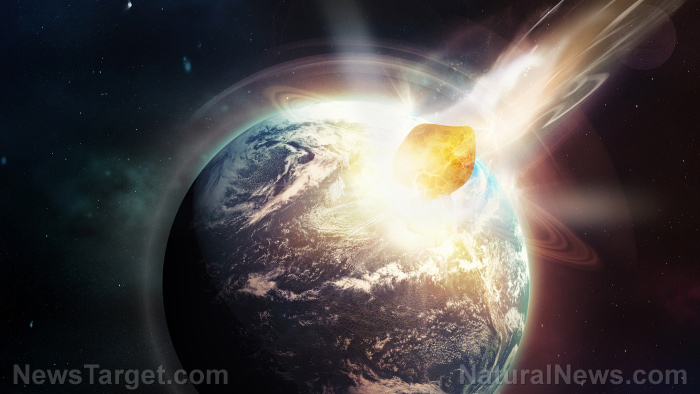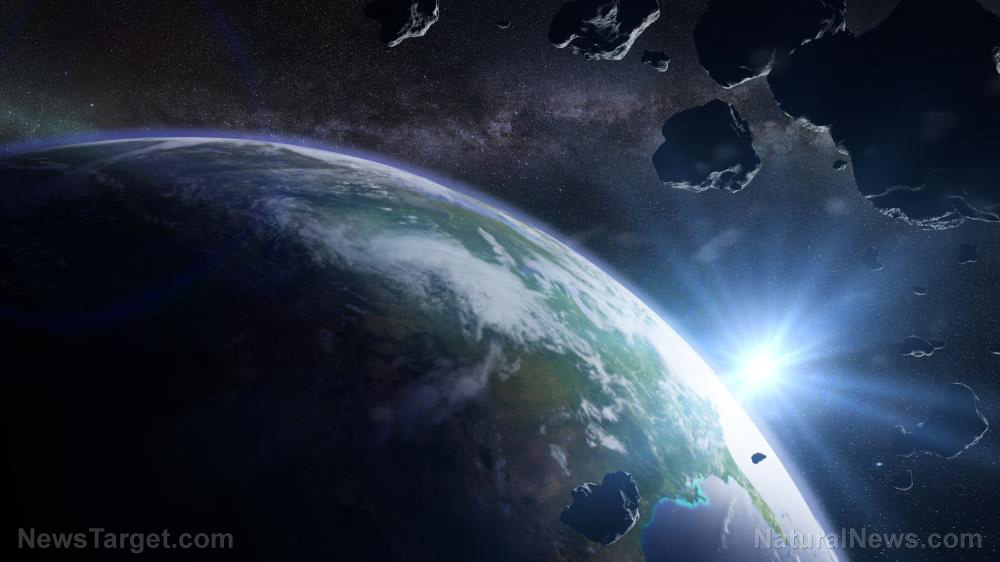
Researchers hypothesize that massive blobs of dense rocks hugging Earth's core may be the sunken remains of Theia, a Mars-sized protoplanet thought to have smashed into the young Earth billions of years ago.
Qian Yuan, a doctoral student of geodynamics at Arizona State University and the lead researcher of the study, presented their hypothesis during the 52nd Lunar and Planetary Science Conference, which was held virtually from March 15 to 19.
Yuan explained during the presentation that portions of Earth's mantle called large low-shear-velocity provinces (LLSVP) are denser and chemically different from the surrounding rocks. He noted that Theia's mantle was denser than that of young Earth, which suggests that parts of the deceased planet might have sunk into Earth after the collision.
Weird blobs of rock may be Theia's remains
Many scientists hypothesize that the moon formed due to a collision between Theia and Earth around 20 to 100 million years after the solar system's birth. This theory, which is called the "giant-impact hypothesis," suggests that the debris from the impact collected in an orbit around Earth and accreted to create the moon. But much of the evidence for this theory comes from the moon and no remnants of Theia have ever been found.
Advocates of the theory suggest that the cores of the two primordial worlds have fused into one, potentially releasing chemicals needed to support life. Recent theories also posit that LLSVPs are parts of Theia's iron-rich mantle.
Up to 620 miles long and thousands of miles wide, these enormous blobs are the largest rock clusters inside Earth's mantle. One of them sits below Africa while another rests under the Pacific Ocean. Both of them hug Earth's core like a pair of headphones.
LLSVPs have baffled geologists for decades. Some scientists suggest that LLSVPs simply crystallized out of the depths of primitive Earth's magma ocean. Others propose that these blobs are primitive terrestrial rocks that survived the giant impact that created the moon. But Yuan's team has new evidence indicating that LLSVPs may actually be Theia's remains.
"We demonstrate that Theia's mantle may be several percent denser than Earth's mantle," Yuan said.
The researchers' models showed that the dead world's rocks are up to 3.5 percent denser than those found in the Earth's mantle. As such, parts of Theia likely sank into Earth and accumulated into hot, chemically distinct piles near the core, becoming what are now known as LLSVPs. (Related: Theia and proto-Earth: Did a planetary collision result in life on Earth over 4.4 billion years ago?.)
Yuan noted that only an impactor the size of Theia could have delivered the massive rocks near the core. In addition, past studies showed that LLSVPs are at least as primitive as the giant collision.
Earth's mantle may be a planetary graveyard
If the team's theory stands, then Theia may not be the only alien world buried beneath Earth. Scientists recently discovered a number of small, ultra-dense pockets of rock deep in the mantle that don't quite match the surrounding material.
Jennifer Jenkins, a seismologist at Durham University, raised the possibility that these rocks are the remains of other extraterrestrial worlds. The young solar system was extremely chaotic. Debris kept slamming into growing planets while bigger celestial bodies called planetesimals occasionally destroyed budding worlds. As such, early Earth was likely a victim of multiple cataclysmic collisions and many of the objects that collided with it are currently buried in its mantle.
Read more fascinating studies about Earth and the cosmic processes that shape it at Cosmic.news.
Sources include:
Please contact us for more information.











